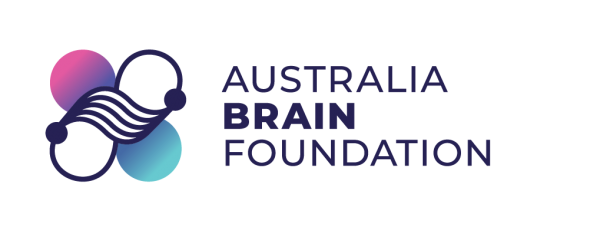To ensure that brain activity normalises, TMS needs to be given multiple times every day for several weeks. Standard treatments require between 20 and 40 TMS sessions in total. The aim of each treatment session is to train the brain regions to communicate normally. This requires accurate and reliable stimulation.1
‘Standard’ TMS refers to the traditional practice of delivering TMS to a brain region based on surface landmarks on the scalp. This is the most common practice of TMS.
At best, this approach roughly estimates the location of the brain region to stimulate. Of course, everyone has a unique brain size and shape, and this one-size-fits-all approach may not be optimal for all people. The DLPFC is a large brain region, and targeting it using surface markers on the scalp may be inaccurate and unreliable.
For example, research shows that in ‘standard’ TMS, different sites within the DLPFC are stimulated across sessions, and at times the wrong brain region is stimulated. 2, 3
Analysis of an MRI brain scan characterises individual brain variability.
Each session TMS is delivered to exactly the same site within the DLPFC on a millimetre scale. TMS effect is enhanced by ensuring that treatment is repeatable.
This is an example of personalised therapy in mental health; accounting for individual variability with a high level of exactness in measurement.




All marketing related to ‘personalisation’, ‘accuracy’ and ‘reliability’ in these materials are based on the following ARTG listed devices: Localite TMS Navigator – Stereotactic neuronavigation/planning system – ARTG ID: 371108 Axilum Cobot for TMS – Transcranial magnetic stimulation system, mobile – ARTG ID: 370969 © 2023 Queensland Neurostimulation Centre as trading for Australia Brain Foundation. All rights reserved.